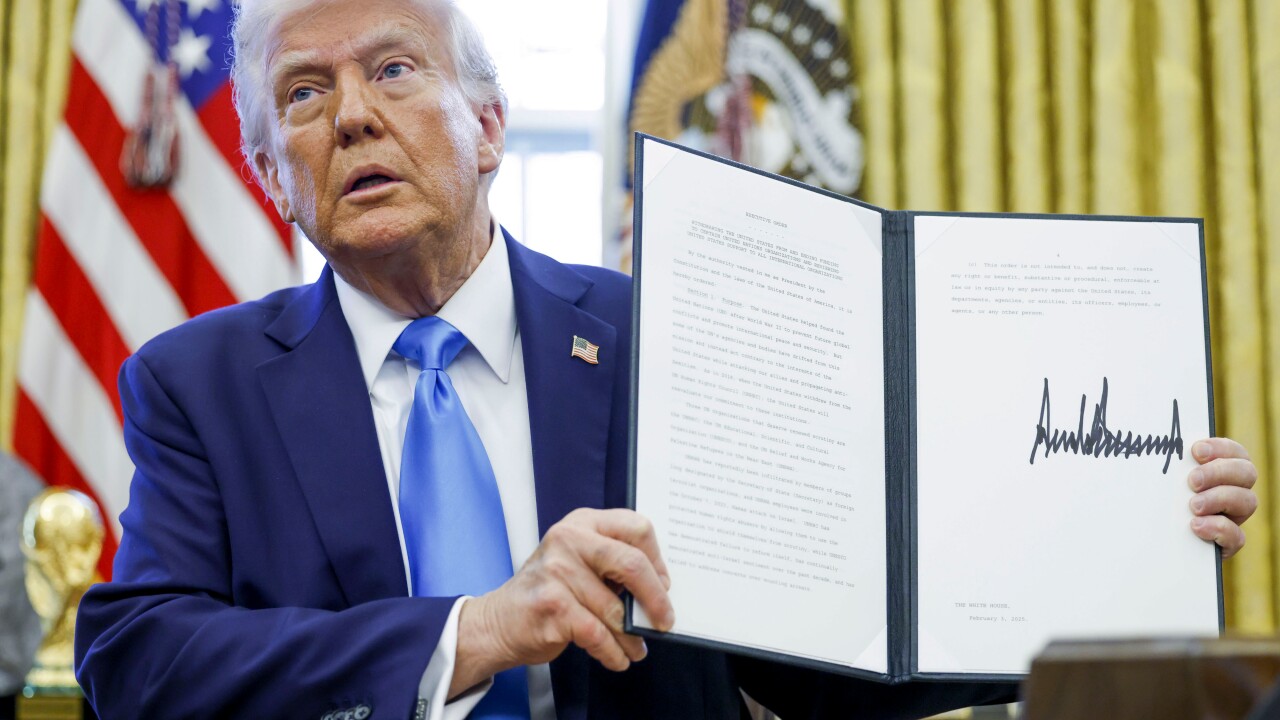Google's Android Pay just removed a huge source of friction by enabling enrollment within the apps of five banks. But it may need a little help to take its next big step.
To scale quickly, Google was able to work with several large issuers that have control over their technology. If Google plans to accomplish the same feat with smaller banks, it would need the support of their tech vendors.
“Google has made a smart move by finding a way to get Android Pay into the safe haven of some banks’ mobile wallets, where they can try it out, but competition is heavy and there’s no sure path to ongoing adoption,” said Patricia Hewitt, CEO of PG Research & Advisory Services. “Google would be wise to get this interface going now with primary processors like Fiserv, First Data and FIS, along with CO-OP on the credit union side, to make a difference.”

Android Pay has a lot of catching up to do. Android Pay adoption has been sluggish since its launch in the summer of 2015, in part because of its later start behind Apple Pay and because the majority of U.S. merchant’s terminals still lack Near Field Communication technology needed for contactless payment. But the multiple steps required to link a payment card to the Android Pay app didn't help.
Juniper Research in a new
Google this week said it has
The change will streamline the authentication process, giving participating banks a chance to promote contactless payments directly to customers, which could indirectly drive more card usage and retention, analysts suggest.
“This creates more opportunities for banks to message customers within their mobile apps, while they’re inside the bank’s own ‘property,’” said Zil Bareisis, a senior analyst with Celent.
It also helps solve part of the dilemma banks face in supporting third-party mobile payment services they don’t directly control.
“The longstanding knock from issuers on Android Pay and other third-party wallets is that they disintermediate the relationship with the cardholder,” said Jordan McKee, a principal payments analyst with 451 Research. “By bringing Android Pay into a bank-owned experience, it gives the issuer a stronger position in the onboarding process, potentially helping to drive top-of-wallet status.”
Why these banks?
Bank of America already declared it has no plans to create its own proprietary wallet, preferring instead to broadly support various mobile wallets. BofA earlier this month announced an
The assortment of banks Google chose for the first wave of direct integrations with Android Pay includes global players, which suggests the tech giant has big ambitions for the long game with mobile wallets, observers said.





